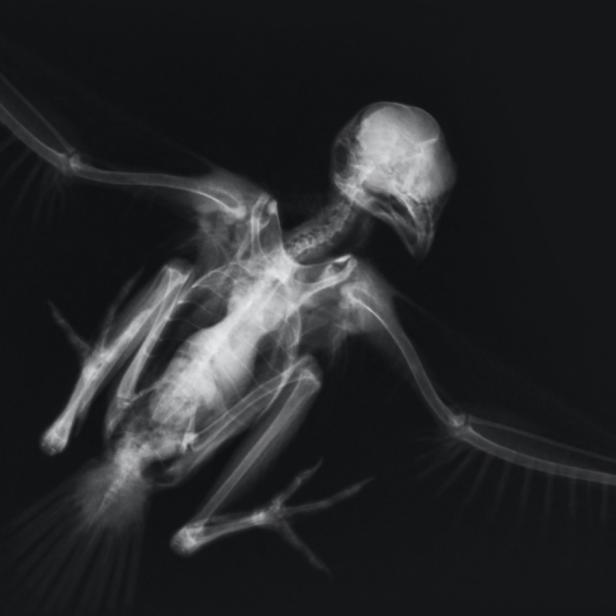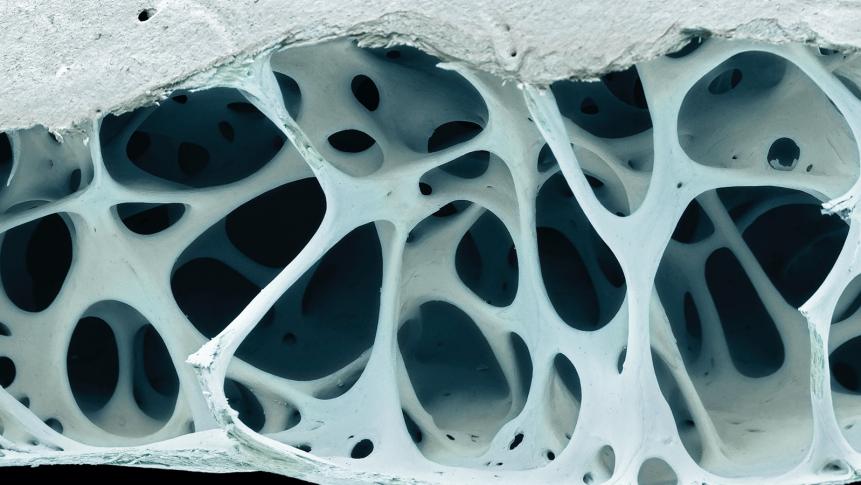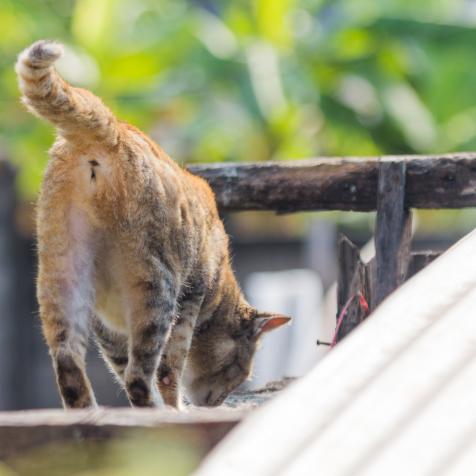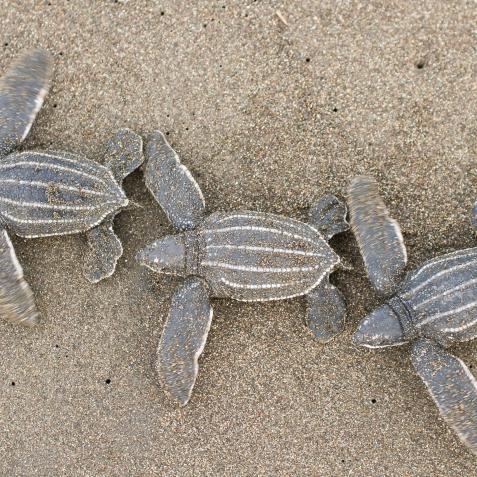
Getty Images
Why Do Birds Have Hollow Bones? It's Not to Make Them Lighter
Do hollow bones really help birds fly?
Ask any elementary school student why birds have hollow bones and they'll have an easy answer for you: It's to help them fly! Gold star, kid. But how do hollow bones really help birds fly? Contrary to popular belief, it's not because it makes them lighter. It's because they need so much oxygen to fly that their lungs actually extend into their bones.

Getty Images
Light as a Feather, Stiff as a Board
It can be tricky to determine exactly why an animal has the features it does, but on this point, it's clear: Birds' hollow bones don't make them any lighter. Bird skeletons don't weigh any less than mammal skeletons of the same size. After all, thin, hollow bones are more fragile, so they'd need to be made of much denser material to keep from breaking all the time.
That density also helps with flying, according to research out of the University of Massachusetts Amherst. "Many other studies have shown that as bone density increases, so do bone stiffness and strength," said researcher Elizabeth Dumont. "Maximizing stiffness and strength relative to weight are optimization strategies that are used in the design of strong and stiff but lightweight man-made airframes."
Bird Bone Balloons
Bird bones aren't just hollow — they're pneumatized. That is, they're full of spaces for air. (You have some pneumatized bones, too, mostly around your sinuses). According to Matt Wedel of the University of California Berkeley, as a baby bird grows, the air sacs that make up its lungs "invade" its bones, forming a bunch of tiny hollows. The air sacs stay attached to these hollows for a bird's life. This, along with a forward-and-backward arrangement of air sacs, helps give birds a little-known superpower: They can take in oxygen while both inhaling and exhaling. (We'd love to see them play the saxophone). So the next time someone says birds have hollow bones to help them fly, you can tell them they're right — but you'll know the real reason why.
This article first appeared on Curiosity.com.


















